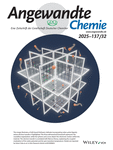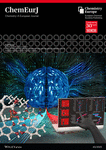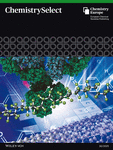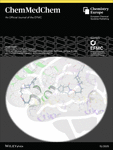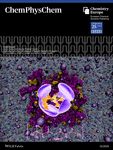Journal list menu
For full article and contact information, see Angew. Chem. Int. Ed. 1998, 37 (12), 1732
Chemotherapy for the Flu?
Swiss Researchers improve an inhibitor
which disturbs the replication of flu viruses
In order to multiply and to infect their hosts, flu viruses require an enzyme known as a neuraminidase. This enzyme, like many such proteins, can be put out of action by use of suitable inhibitor compounds. The Swiss chemists Andrea Vasella and Steffen Vorwerk have developed a new substance which blocks the neuraminidase twice as well as the well known prototype of all neuraminidase-inhibitors, DANA. Their work demonstrates how modern pharmaceutical research is based firmly upon knowledge gathered by chemists at the molecular level.
The raison d'etre of a neuraminidase is to cut off or 'cleave' particular sugar groups from other molecules. But the process is not like a pair of scissors cutting a piece of string; instead, the enzyme positions the molecule in such a way that the removal of the sugar-unit is made simpler. Figuratively speaking, the target molecule is first placed on a workbench tailormade for it, and then, in a second step, bent for easier dismantling.
Inhibitors like DANA work because they fit nicely on the enzyme's workbench and stay there, thus blocking it. Vasella and Vorwerk have looked more closely at the DANA molecule and produced a variant of it which also anticipates that second step in the enzyme's work: it is already 'bent' just as the enzyme requires. So it fits even better than DANA on the protein workbench; but in contrast with the enzyme's usual ‘workpieces’, this one cannot be cut up. At a place in the molecule where the enzyme is used to finding an easily detachable oxygen atom, the new compound has an unmovable carbon atom, and with this exchange the researchers have made their molecular cuckoo's egg virtually uncrackable.
Whether this 'flu-killer' will ever become available as a commercial product is not yet clear. But the early signs have been good: the new compound also blocks the neuraminidases produced by many types of bacteria - which DANA does not affect. The rigid bacterial neuraminidases are clearly more choosy than their more flexible flu-virus counterparts: for them the workpiece must fit extremely well on the bench to be accepted.






